Last Updated on February 26, 2024 by Aftab Tariq
Ragdoll Cat a delightful and affectionate feline, is known for its easygoing nature. Ideal for cozying up on laps, Ragdoll Cats earn their name by going completely relaxed when receiving pets. Despite their large size, there’s no need to be intimidated – their massive blue eyes and hearty purrs reveal their gentle and friendly disposition.
Ragdoll Cats thrive in social settings, making them a perfect match for lively households with many people and other amicable pets. Discover more about the Ragdoll Cat, including their Traits, care tips, history, and more.
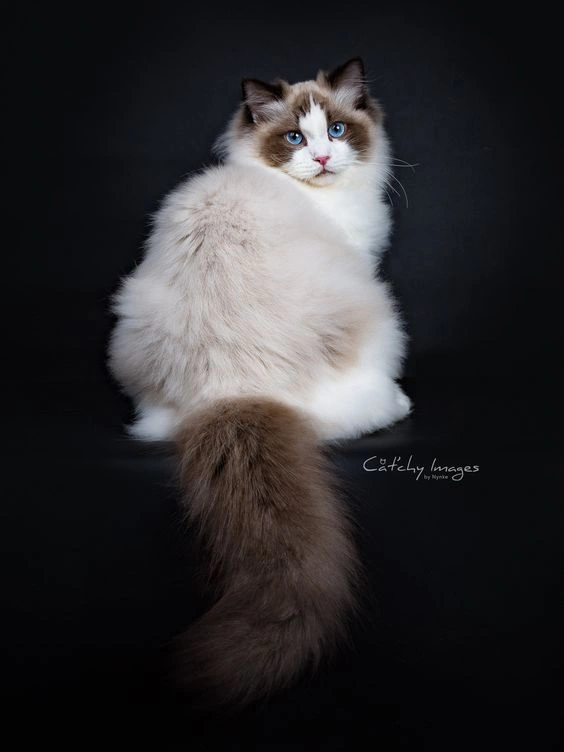
History of Ragdoll Cat
In the 1960s, in California, a woman named Ann Baker wanted to create a special cat. She called it the Ragdoll Cat. Ann started by bringing together a white cat named Josephine with other cats she had or found. After a few tries, she succeeded in making the first Ragdoll Cats. People liked them because they had soft fur that didn’t get tangled, were big, and had friendly personalities.
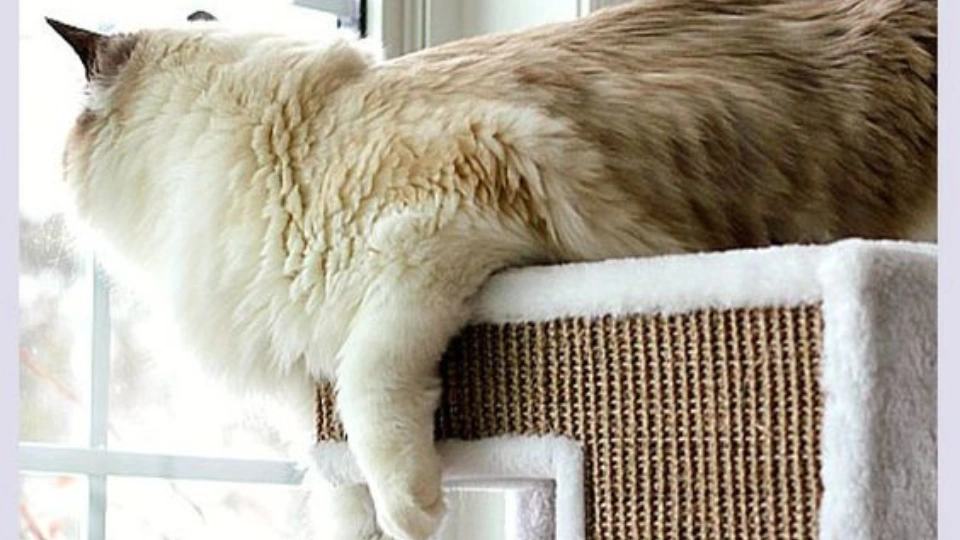
The Cat Fanciers Association (CFA) began keeping records of Ragdoll Cats in 1993. Since then, Ragdoll Cats have stayed one of the most loved cat breeds registered by the CFA.
Appearance of Ragdoll Cat
Meet the Ragdoll Cat, a grand and beautifully furry feline. This cat has a long and strong body with a wide chest, short neck, and sturdy legs hidden beneath its silky, dense, and semi-long to long-haired coat.

The tail is long and fluffy, and when the Ragdoll Cat grows up, it gets fluffy trousers on its hind legs and a majestic ruff around its neck and throat. This makes the Ragdoll Cat look really impressive and luxurious.
Ragdoll Cat Personality
The Ragdoll Cat is like a laid-back friend, always calm and friendly. People love having a Ragdoll Cat at home because they are not only stunning but also very affectionate. Many people can’t resist getting more than one Ragdoll Cat because of their beautiful looks and gentle, relaxed nature.
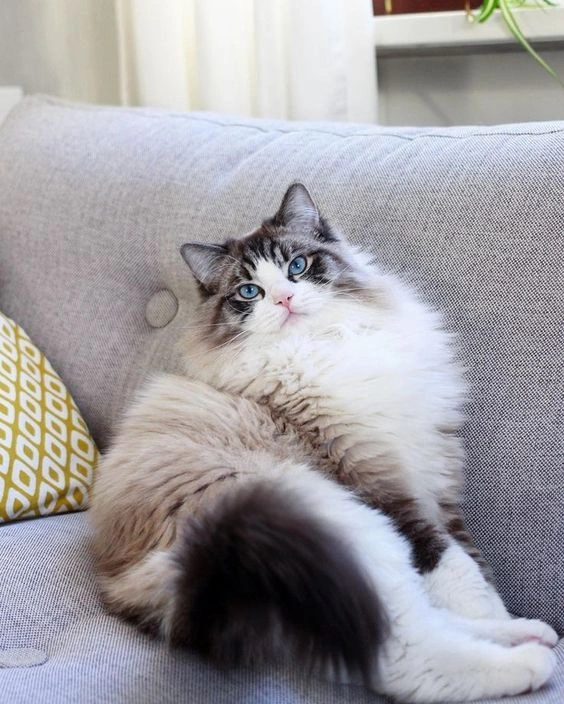
Ragdoll Cats are curious and like to be part of your daily routine. They might want to sit on your books or papers or just enjoy the sunshine while you work in the garden. They are not really into strenuous activities but prefer to be by your side, making them great companions.
There was talk for a while that Ragdoll Cats were super floppy and felt less pain, so people thought they’d be great toys for kids. But that’s not true. Ragdoll Cats are not overly floppy, and they feel pain like any other cat. They don’t like being treated like toys by kids or anyone else. It’s important to treat them with care and respect.
Ragdoll Cat Traits
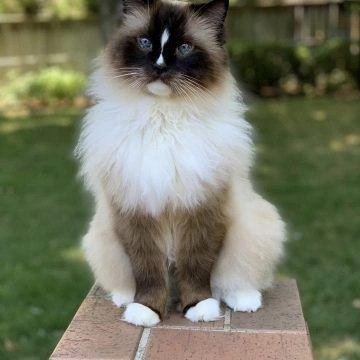
Ragdoll cat size is pretty cool – these cats are not just good-looking but also on the bigger side. It takes them about four years to grow to their full size, which is usually around 15 pounds. Ragdolls are super friendly and make friends with everyone. They love sitting on your lap, getting belly rubs, and are really cuddly. Even though they don’t need lots of playtime, they enjoy spending lazy moments snuggling with their human friends.
Ragdoll cats are great companions for grown-ups and kids who are respectful. They can also get along with other pets in the house if introduced properly. Overall, they just want to be close to their families and get lots of attention.
Diet of Ragdoll Cat
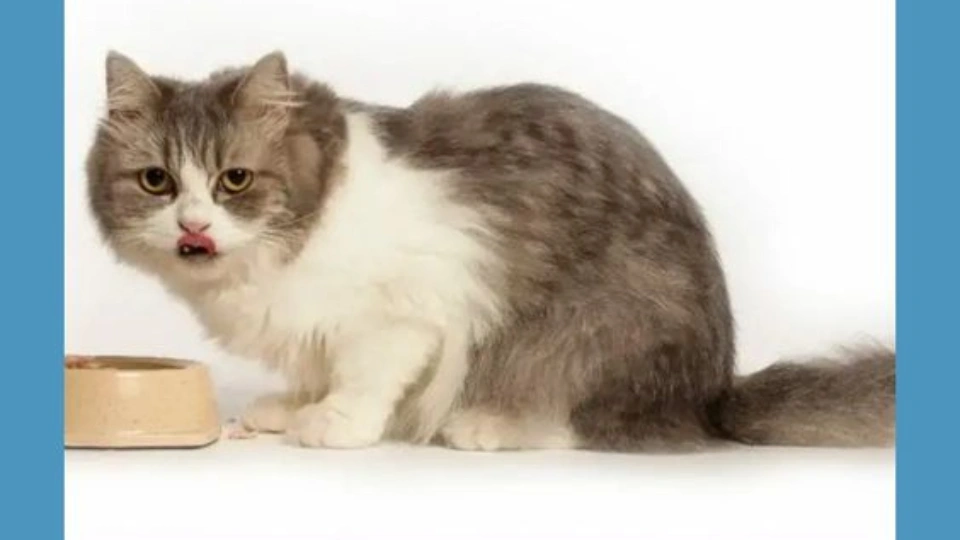
Ask your vet to create a diet plan for your Ragdoll Cat, considering its age and activity level, to prevent obesity. Wet or canned foods are a good choice as they contain water, which helps prevent urinary problems. Ensure you provide the correct portion size and avoid leaving food out all day. Overeating can lead to obesity in your Ragdoll Cat, increasing the risk of conditions like diabetes.
Health Problems of Ragdoll Cat
Ragdoll Cats, just like many other big cat breeds, can sometimes have health issues.
Issues related to weight: Taking care of your Ragdoll cat’s weight is important. You should measure the amount of food they eat each day to make sure they don’t eat too much. Also, don’t give them too many treats; limit it to 10% of their daily calories. Playing with your cat regularly is a fun way to help them stay in good shape. Even though chubby cats might look cute, it’s not good for their health.
Sources
I am a dedicated content writer with more than five years of experience, particularly skilled in the art of storytelling. My writing journey commenced during my college years, where I pursued journalism and unearthed my talent for creating captivating narratives.

